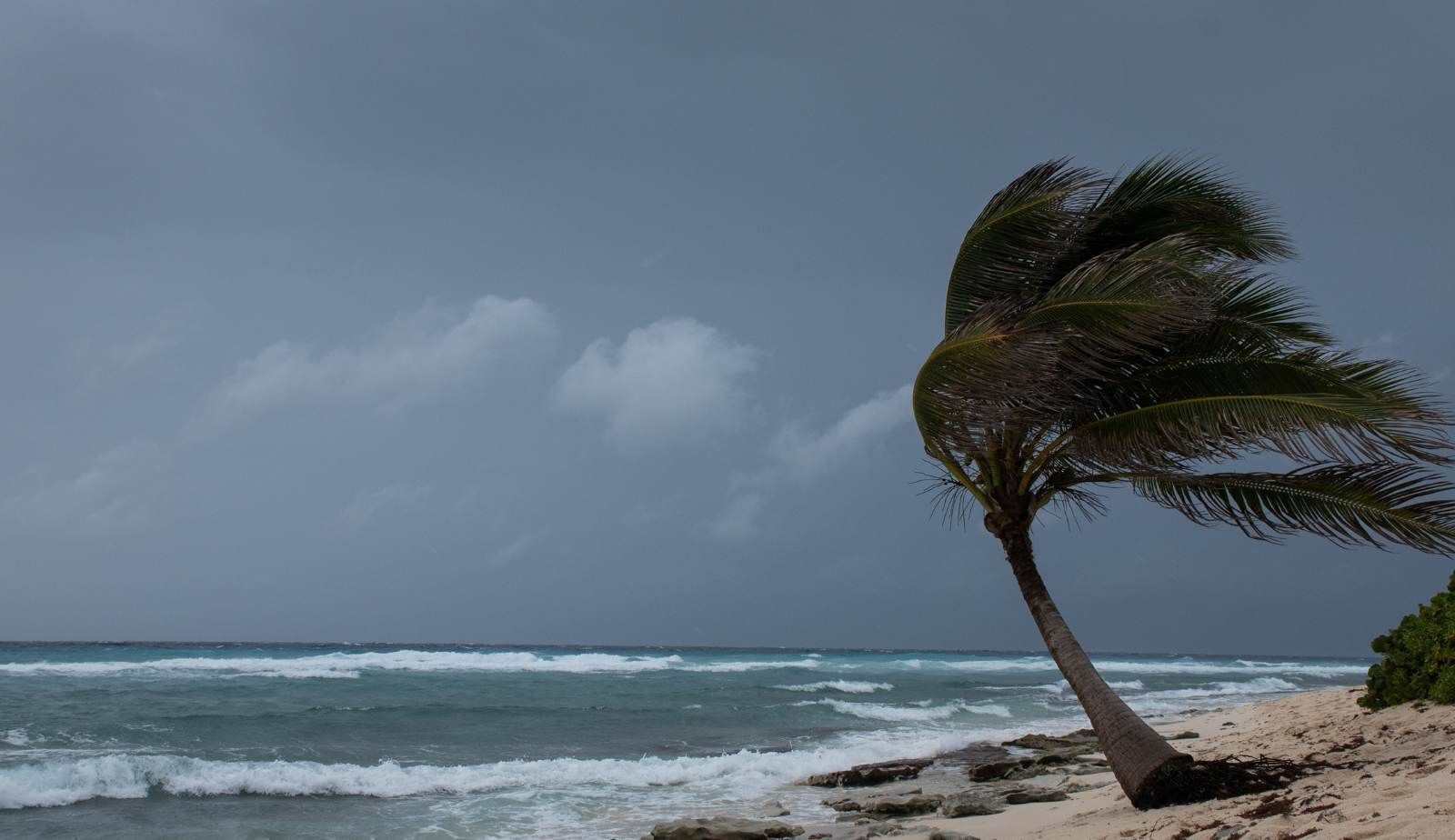Professional Fire Damage Restoration Process
What is Fire Damage Restoration?
The process of restoring a property damaged by fire and smoke to its pre-loss state is known as fire damage restoration. Due to the devastation caused by the accident, cleaning up after a fire can take a considerable amount of time with cleanup projects ranging from a few days to a few weeks or even longer.
Following the initial action taken by local firefighters to extinguish the fire, any salvageable property will likely suffer from not only fire and smoke damage, but also widespread water damage from the firefighting efforts. Once the fire has been extinguished and the local authorities have left, homeowners are left to manage the aftermath of a house fire on their own. Many Louisiana homeowners are not even sure about who to call when it comes to restoring their home following a house fire. The good news is, any salvageable materials on your property can be effectively restored by a local professional fire restoration company in Lafayette.
Professional Fire Damage Restoration Process
Fire disasters can drastically alter people's life and are extremely catastrophic. Fortunately, there are experts available who can safely and properly handle the cleanup and restoration. Emergency fire restoration companies like DryMax Restoration are properly equipped and have the industry knowledge and experience to properly perform the cleanup, so you can focus on getting life back on track after such a devastating event. Here is a closer look at our fire damage restoration method to help you get your house and your peace of mind back.
- Board-Up: These professionals will board up a damaged home or building without causing further damage. They are capable of boarding up a single window to an entire house. This also helps to keep out potential looters and additional damage.
- Dry-Out: Obviously, the first thing to do is dial 911 and request assistance from the fire department. These professionals, on the other hand, are qualified to ensure that your home or building is adequately dried out after they have put out the fire.
- Soot & Debris Cleanup: Burned content produces soot, which is a carbon byproduct. It is often acidic, causing damage to any surface it comes into contact with. The team would clear soot buildup and debris using high-powered HEPA vacuums and expert techniques.
- Deodorization: After even the tiniest of fires, smoke odor removal is a common service. Smoke seeps through every crack and crevice, including closed-off spaces, leaving foul odors behind. As a result of these odors, respiratory disease develops. The residual fire smell can often bring back unpleasant memories of fire damage that has happened in your home. These experts, on the other hand, would ensure that the odor is absolutely gone. There's no need to be concerned about the past.
- Restoration: The most critical aspect of fire damage restoration is what occurs after the fire has been extinguished. These experts will be able to restore order in your home by working with you to choose the design and finishes you choose, and then rebuilding your property according to your specifications. The aim of these professionals is to restore your property to better-than-new condition, bringing a silver lining to an unpleasant situation brought about by circumstances beyond your control.
- Contents Cleaning: Many belongings will need to be either disposed of or salvaged, washed and repaired. This all depends on the severity of the fire. The DryMax team will work as quickly as possible to retrieve anything that can be recovered.
Fire Restoration & Smoke Damage Cleanup in Lafayette Louisiana
Companies who specialize & focus on providing fire damage restoration services, like DryMax Restoration, use only the most advanced, state of the art equipment and cleaning agents to remove soot or smoke damage and odors from various surfaces & building materials. Additionally, using the most advanced contents cleaning equipment & cleaning agents, they are able to salvage personal items.
DryMax Restoration is a locally owned damage restoration company servicing Lafayette and all the surrounding Louisiana areas. If you are in need of cleanup services after a fire, our local team can help. Call our office today to learn more about our services near you -- (337) 857-3670.
You might also like
DryMax Restoration Blogs




